See also
- St. Andrew's Basilica, Arthunkal in Arthunkal
- Basilica of St. Andrew (Roanoke, Virginia)
- Basilica of St. Andrew the Apostle
- Saint Andrew of Patras, Greek Orthodox basilica
Basilica di Sant'Andrea can refer to:
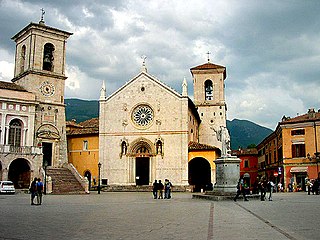
Norcia, traditionally known in English by its Latin name of Nursia, is a town and comune in the province of Perugia (Italy) in southeastern Umbria. Unlike many ancient towns, it is located in a wide plain abutting the Monti Sibillini, a subrange of the Apennines with some of its highest peaks, near the Sordo River, a small stream that eventually flows into the Nera. The town is popularly associated with the Valnerina. It is a member of I Borghi più belli d'Italia.
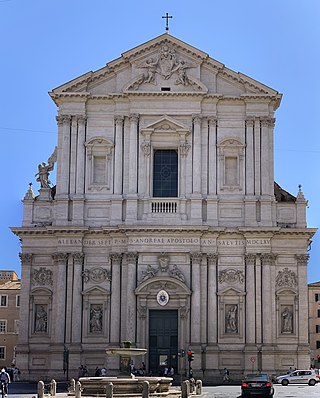
Sant'Andrea della Valle is a minor basilica in the rione of Sant'Eustachio of the city of Rome, Italy. The basilica is the general seat for the religious order of the Theatines. It is located at Piazza Vidoni, at the intersection of Corso Vittorio Emanuele and Corso Rinascimento.

The Church of Saint Andrew on the Quirinal is a Roman Catholic titular church in Rome, Italy, built for the Jesuit seminary on the Quirinal Hill.
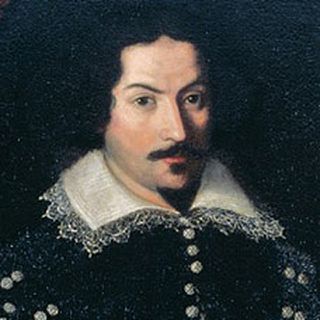
Carlo Maderno (Maderna) was an Italian architect, born in today's Ticino, Switzerland, who is remembered as one of the fathers of Baroque architecture. His façades of Santa Susanna, St. Peter's Basilica and Sant'Andrea della Valle were of key importance in the evolution of the Italian Baroque. He is often referred to as the brother of sculptor Stefano Maderno, but this is not universally agreed upon.
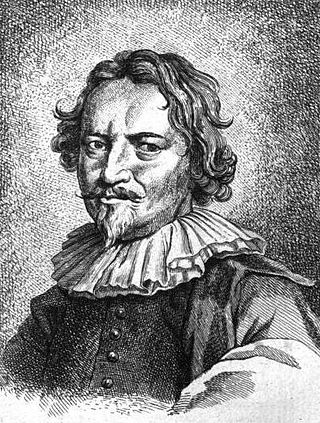
Carlo Fontana (1634/1638–1714) was an Italian architect originating from today's Canton Ticino, who was in part responsible for the classicizing direction taken by Late Baroque Roman architecture.

There are more than 900 churches in Rome, which makes it the city with the largest number of churches in the world. Almost all of these are Catholic.

Giuseppe Valadier was an Italian architect and designer, urban planner and archaeologist and a chief exponent of Neoclassicism in Italy.

The Basilica of Sant'Andrea is a Roman Catholic co-cathedral and minor basilica in Mantua, Lombardy (Italy). It is one of the major works of 15th-century Renaissance architecture in Northern Italy. Commissioned by Ludovico III Gonzaga, the church was begun in 1472 according to designs by Leon Battista Alberti on a site occupied by a Benedictine monastery, of which the bell tower (1414) remains. The building, however, was only finished 328 years later. Though later changes and expansions altered Alberti's design, the church is still considered to be one of Alberti's most complete works. It looms over the Piazza Mantegna.
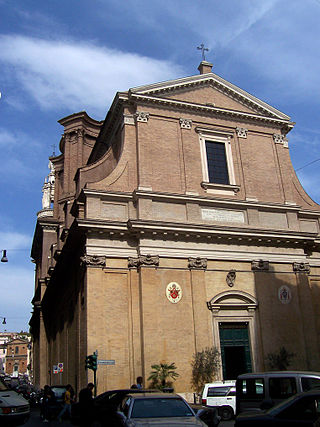
Sant'Andrea delle Fratte is a 17th-century basilica church in Rome, Italy, dedicated to St. Andrew. The Cardinal Priest of the Titulus S. Andreae Apostoli de Hortis is Ennio Antonelli.

Mattia Preti was an Italian Baroque artist who worked in Italy and Malta. He was appointed a Member of the Order of Saint John.
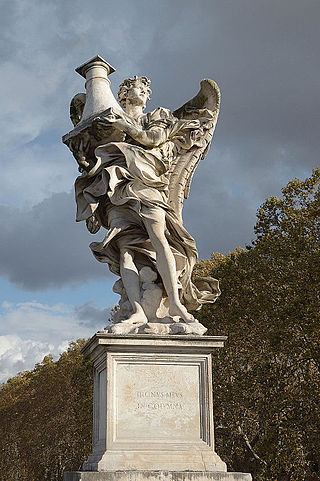
Antonio Raggi (1624–1686), also called Antonio Lombardo, was a sculptor of the Roman Baroque, originating from today's Ticino.
Sant'Andrea is the Italian name for St. Andrew, most commonly Andrew the Apostle. It may refer to:

Benedetto Barberini was a Catholic Cardinal and Camerlengo of the Sacred College of Cardinals.
Della Valle may refer to:
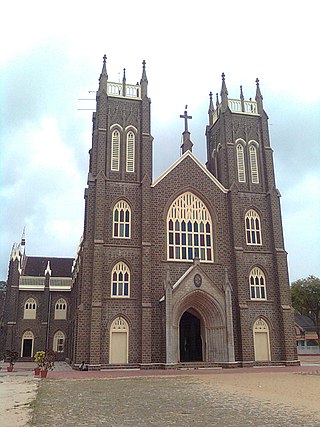
The largest shrine of St Sebastian in the world, the church known as Arthunkal St. Andrew's Basilica and St. Sebastian's International Shrine in Arthunkal, Cherthala, Alappuzha district, Kerala, India, was constructed by Portuguese missionaries in the 16th century. The grand annual feast of St Sebastian Arthunkal in January, which lasts for a month accompanied by millions of pilgrims is one of the important celebrations and major attractions in India. The feast of shrine Basilica is also known as Makaram Perunnal. The church was rebuilt in 1584 under the vicar Jacomo Fenicio, an Italian Jesuit whose devotees claim to possess powers to heal the body and mind. Devotees fondly referred to him as "Arthunkal Veluthachan", "fair-skinned father". Fenicio died in 1632. Eight years after his death, the church was rebuilt again, this time reoriented to face west towards the long white-sand beach on the shores of the Arabian Sea. In 1647, a statue of St. Sebastian, struck with arrows all over his bleeding body sculptured in Milan, was brought and placed in the Arthunkal church.
San Marino is a small landlocked country with an area of about 61.2 km2 (23.6 sq mi) on a rocky promontory at an elevation of 657 meters (2,156 ft) in central Italy. In 2023, the population was 33,636. It is the third smallest country in Europe after Vatican City and Monaco. It is traditionally held to have been founded as a republic in 301 AD, was recognized by the Papacy in 1631, and became a member of the United Nations in 1992. As of 2009, the ethnic composition was about 84.95% Sammarinese, 14.6% Italians and others.

The Basilica di Sant'Andrea is the church of a monastery in Vercelli, Piedmont, northern Italy, founded in 1219 by Cardinal Guala Bicchieri and completed in 1227. It represents an early example of Gothic architecture in Italy, inspired by Cistercian models and featuring Romanesque elements as well.
Rucellai Chapel or Cappella Rucellai may refer to:

San Sebastiano de Via Papae was a small church in the Sant'Eustachio rione of Rome that was demolished in the 1590s in order to enable the construction of the church of Sant'Andrea della Valle.

St. Cajetan Church, also known as the Church of Divine Providence, is a church of the Roman Catholic Archdiocese of Goa and Daman located in Old Goa. The church was completed in 1661 and is part of the World Heritage Site, Churches and convents of Goa.